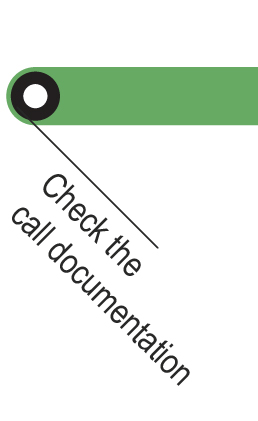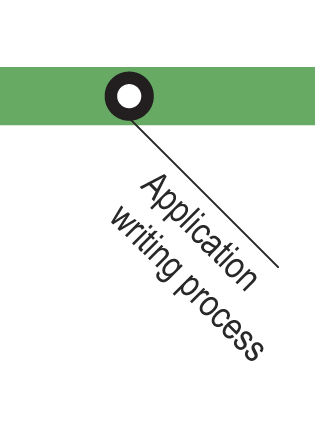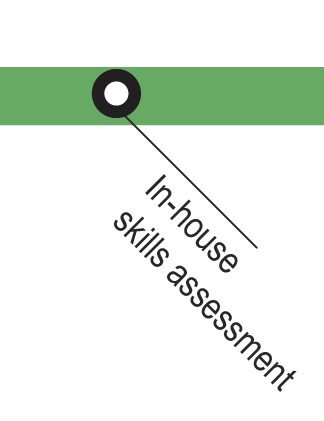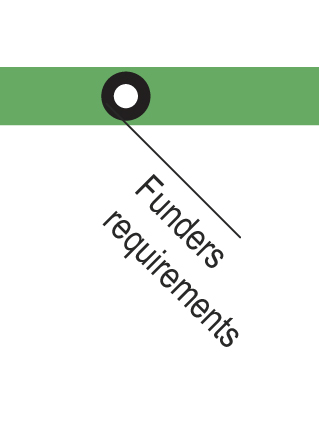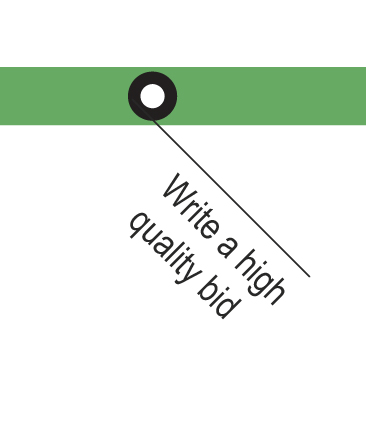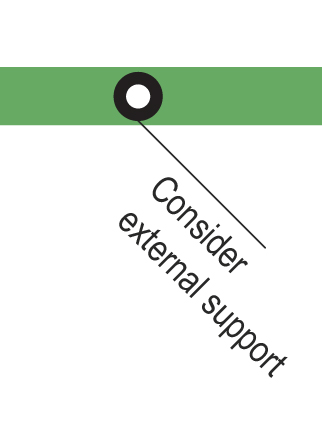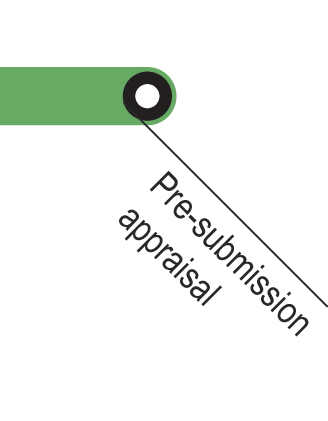
ASSESSING THE IN-HOUSE SKILLS of your organisation helps you to identify who has the relevant skills for being involved in the writing of the funding application. This task focuses on identifying whether the organisation and its staff has the relevant skills and experience for writing funding applications. The experiences might vary drastically depending on which type of funding applications and for which funding programmes the experience was gained.
If there are any skills gaps or lack of experience, you need to consider bringing additional staff on board. This can include staff from other departments, partner organisations or stakeholders, or external service providers at least in a hand-holding capacity while you are writing the bid.
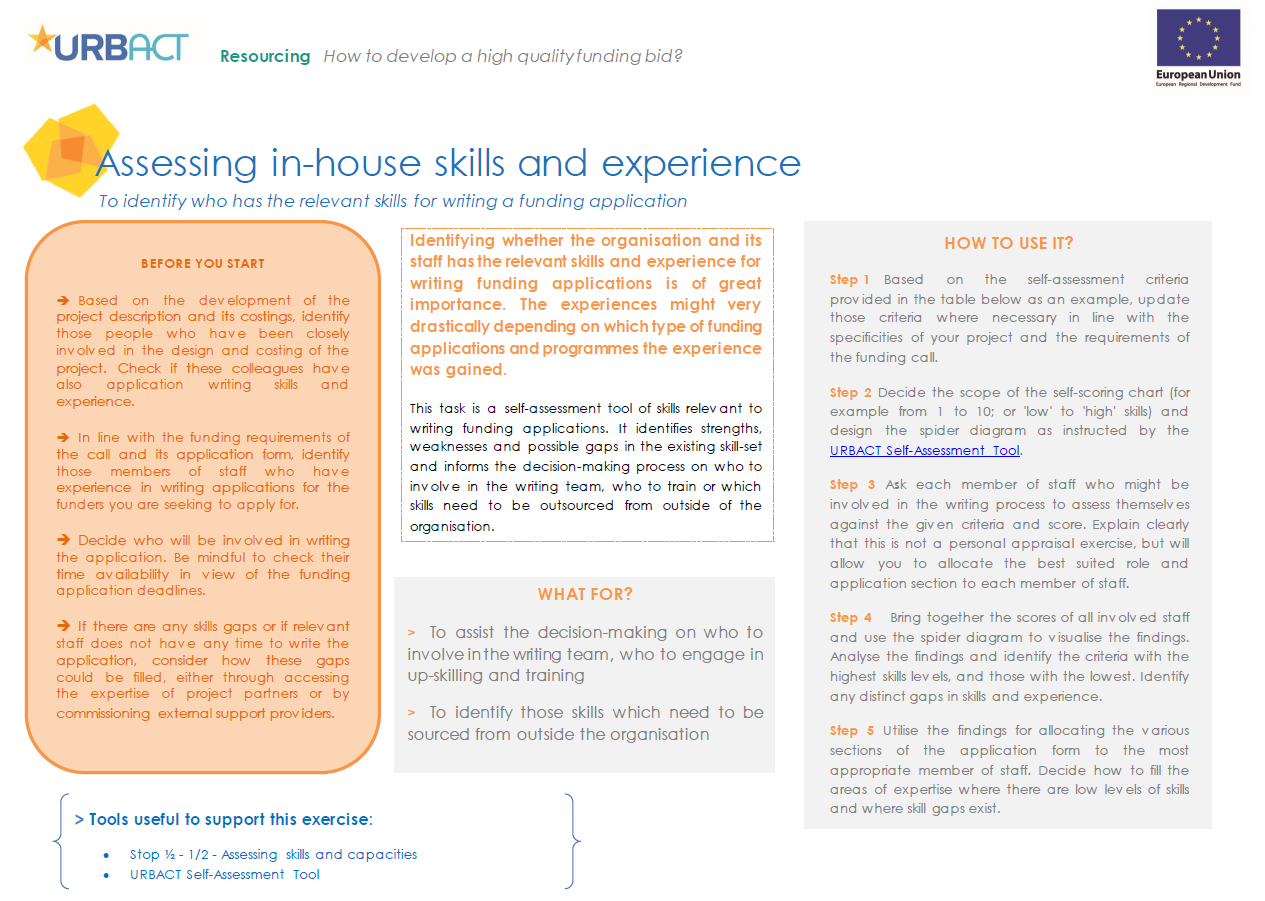
This is a self-assessment tool of skills relevant to writing funding applications.
| Who is this tool for ? | When should the tool be used? |
The Project Coordinator the Funding Strategy Coordinator/Team Those in charge of writing the funding application. | Once the funding opportunity has been identified and detailed requirements of the application process have been clarified. |
Click on the stations to navigate throught the Application line!
Key challenges of this step
- Depending on the size of your organisation and the extent of your knowledge of your colleague's areas of expertise, the task of identifying whether you have the most appropriate skills in-house for writing your funding application can be challenging.
- Sometimes skill gaps are hard to fill or they occur during the process of writing (due to illness, holidays, etc.). In these cases, always ensure that senior staff and/or the Funding Strategy Coordinator/Team are aware of any shortfalls to assist you in finding suitable alternatives.
- Assessing skills, is a sensitive task whereby some colleagues might be reluctant to let others know about their true skill levels. A sensitive approach is therefore important. However it is difficult to keep this excercise anonymous particularly when deciding who would benefit from training.
Main risks
- One of the main risks is lacking relevant skills due to staff turnover, or unexpected absences of key members of staff. Thinking about these risks at the outset and planning for their mitigation and adaptation is prudent.
- The risk of self-assessment is that skill levels might be over- or under-estimated. To minimise this risk it is prudent to define the scores clearly (for example, what is meant by low/medium or high levels of experience?, what does a score of '3' stand for? etc.).
Helpful tips
- To have less writers of a funding application is better than more writers (to maintain high levels of internal coherence of the application). In the case of small teams, or less experienced teams, ensure that experienced colleagues are at least available for example in coordination meetings, or at key review stages of the draft application form. This will ensure that the application reflects and integrates the existing know-how and expertise of the organisation to maximum effect.
- For your skills assessment define the scores clearly and provide a definition of what is meant by a score of '3' or '6' etc. or by 'medium', etc.. This is necessary for interviewers and particularly when you do a self-assessment to reduce bias at least to some extent.
- If you have to write the funding application in English and the language skills of the writers team are varied, ensure that you have a language review undertaken by a native English speaker before submission.
- To present an application well, in terms of its format, design and structure can be helpful. The use of effective info-graphics can help in making complex scenarios more easy to understand and follow for anybody appraising your funding application.
-
m5_3_assessing_in-house_skills_and_experience_0.pdf(PDF, 512Ko)

